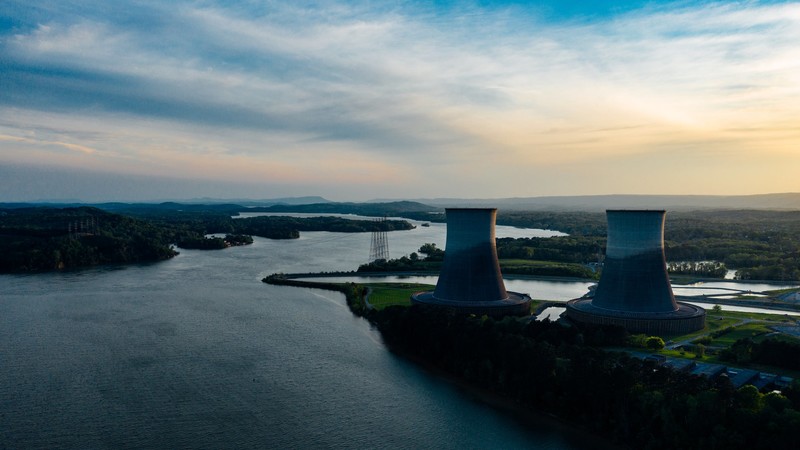You can definitely call it a comeback: Nuclear power is back in vogue.
Canada-based Cameco and Brookfield Asset Management’s renewables division have buddied up to buy nuclear company Westinghouse Electric for US$7.9 billion amid a global frenzy to find climate-friendly alternatives to Russian energy, per The Wall Street Journal.
Why it matters: As the war in Ukraine continues to destabilize energy markets, Western nations have come around on nuclear power after moving away from it in recent decades.
-
Countries pulled back on building new reactors after the accidents at Three Mile Island in Pennsylvania in 1979 and Chornobyl in 1986 added to existing safety concerns over radioactive waste storage (which remains controversial today).
-
High-profile accidents have also made nuclear seem more deadly than it is. A terawatt-hour of electricity from nuclear is tied to 0.03 deaths (including disasters and workplace accidents), which makes it second only to wind in terms of safety.
Those concerns now seem less important to policymakers as governments search for a way to achieve so-called net-zero goals without pushing energy prices further through the roof.
-
For many countries, the immediate alternative to nuclear power is not solar or wind, but coal, which is one of the dirtier energy sources around (read: Germany)
- Plus, the International Energy Agency says it expects global nuclear power capacity will have to double by 2050 for the world to reach net zero goals.
Yes, but: The transition to more nuclear energy will also present some serious labour challenges. Having shunned nuclear energy for years, most Western nations are short on managers and workers with experience building and running reactors.
Zoom out: High energy prices mean governments are coming around on nuclear like that ex that did you dirty: Ontario is extending the life of plants, the UK is building its first in decades, and France is funding six new reactors…even nuclear-shy Germany is thinking about it.
